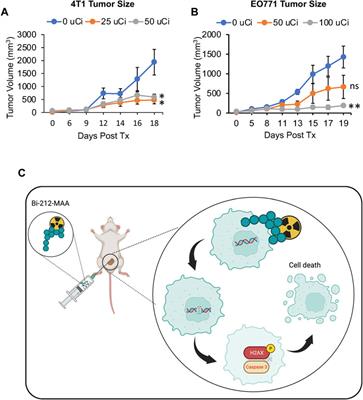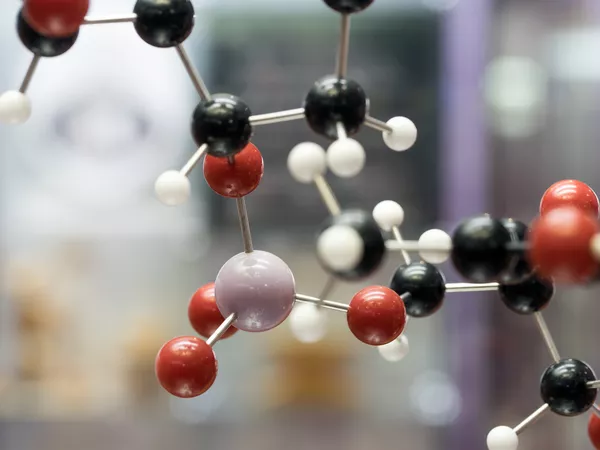ORIGINAL RESEARCH
Published on 08 Feb 2024
Exploration of commercial cyclen-based chelators for mercury-197 m/g incorporation into theranostic radiopharmaceuticals
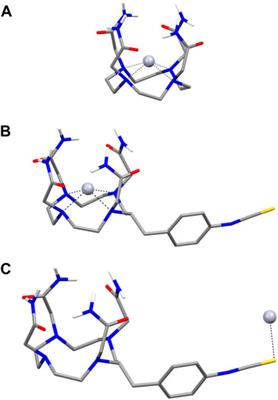
doi 10.3389/fchem.2024.1292566
- 2,056 views
- 2 citations
2,808
Total downloads
14k
Total views and downloads
Select the journal/section where you want your idea to be submitted:
ORIGINAL RESEARCH
Published on 08 Feb 2024

ORIGINAL RESEARCH
Published on 25 Jan 2024
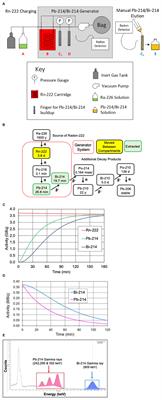
ORIGINAL RESEARCH
Published on 12 Oct 2023
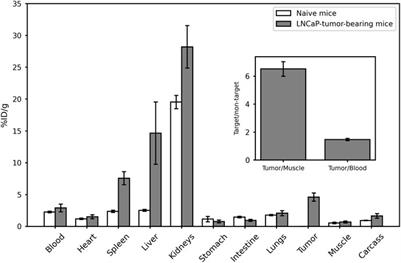
ORIGINAL RESEARCH
Published on 10 May 2023
